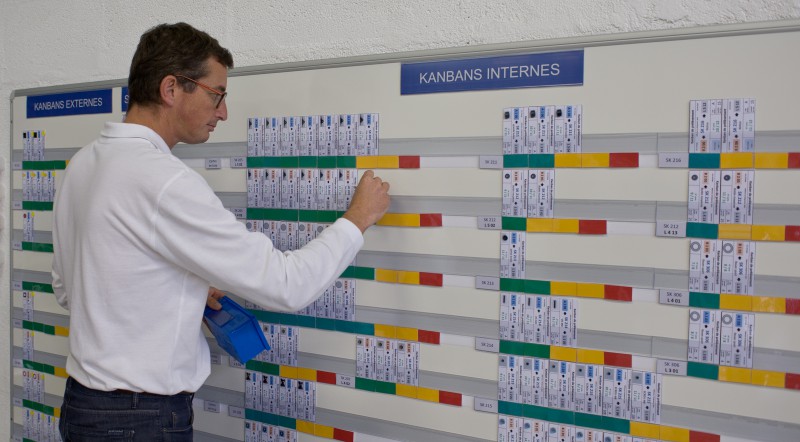Within today’s competitive business environment, agile methodology has been steadily implemented into operations and have become a trusted and preferred method of development for software teams within the software industry. Utilizing agile methods, organizations are able to respond to market changes considerably faster and deliver higher quality products all the while maintaining a competitive edge. This is why IT teams began to utilize agile practices and methodologies in order to accelerate development and respond to change on time.

Many Scrum teams utilize Kanban as a visual process and project management tool while other teams prefer to utilize only Scrum because of the well-defined process. Many Scrum teams have adopted other principles of Kanban that are useful in adding an extra layer of visibility to projects. When you are choosing between Kanban or Scrum, the distinction between the two doesn’t always have to be made because Kanban and Scrum have the ability to coincide. Having said that, it is important to understand how each of the methodologies are defined.
What is Scrum?
Scrum is defined as the process framework to structure work and one of the most popular agile methodologies. Scrum is by far the most often used to manage complex software and product development. It is considered an adaptive, iterative, incremental, flexible, and effective methodology designed to focus on delivering the highest value in the shortest amount of time throughout a project. When utilizing Scrum methodology, they have to work in short iterations, cross-functional teams, with product owners, in iteration planning, and more.
What is Kanban?
Kanban is a technique that is utilized for managing a software development process in the most effective and efficient way possible. Kanban methodology is a less structured methodology than Scrum. There is no process framework in this methodology and only has an introduced model who improves the process through incremental improvements.
Advantages and Disadvantages of Scrum
Scrum framework is highly perspective and has specific roles and ceremonies. With Scrum, some of the advantages include more transparency and visibility than any other methodology, increase in team accountability, is easy with and accommodates change, and is a cost saving development methodology. Having said that, some of the disadvantages include needing to be experienced with scrum, a Scrum team requires experience and a committed team, a less experienced Scrum master can ruin the whole process of development, and if the task are defined poorly then the project can be lead to inaccuracies.
Advantages and Disadvantages of Kanban
Kanban is categorized as an easy to learn methodology that improves overall workflow and minimizes the time cycle. Some of the major advantages that are listed within Kanban include an increase in process flexibility, focused on continuous delivery, reduces the wastes from the process, improves delivery flow, and reduces the time cycle of the process. Some of the disadvantages of Kanban include an outdated Kanban board that can lead to issues in the development, can make the board overcomplicated, and lack of timing is another disadvantage because there is no timeframes associated with each phase.
Advanced Planning and Scheduling Software
Advanced Planning and Scheduling (APS) software has become a must for modern-day manufacturing operations due to customer demand for increased product mix and fast delivery combined with downward cost pressures. APS can be quickly integrated with a ERP/MRP software to fill gaps where these system lack planning and scheduling flexibility and accuracy. Advanced Planning and Scheduling (APS) helps planners save time while providing greater agility in updating ever-changing priorities, production schedules, and inventory plans.
- Create optimized schedules balancing production efficiency and delivery performance
- Maximize output on bottleneck resources to increase revenue
- Synchronize supply with demand to reduce inventories
- Provide company-wide visibility to capacity
- Enable scenario data-driven decision making
Implementation of Advanced Planning and Scheduling (APS) software will take your manufacturing operations to the next level of production efficiency, taking advantage of the operational data you already have in your ERP.
Related Lean Video
APS Resources
Topics: Kanban, Agile manufacturing




















LEAVE A COMMENT